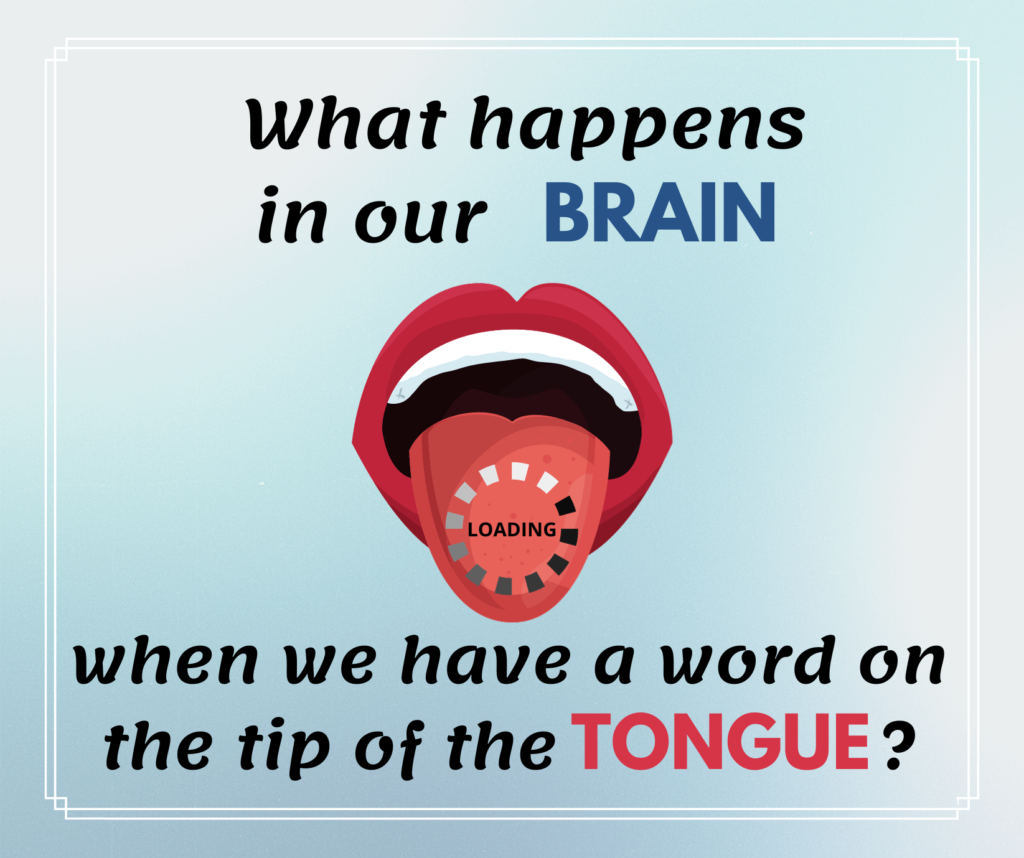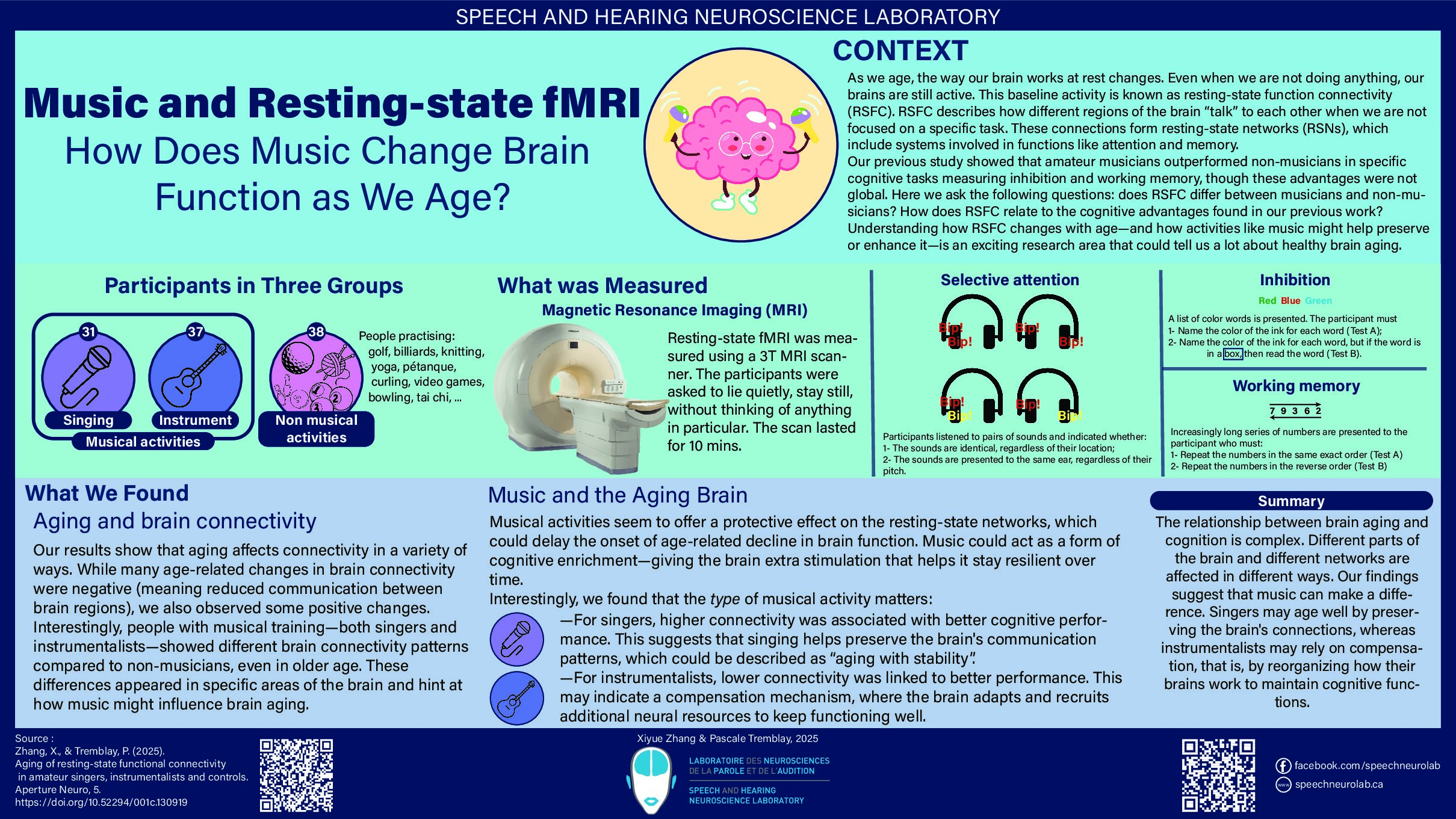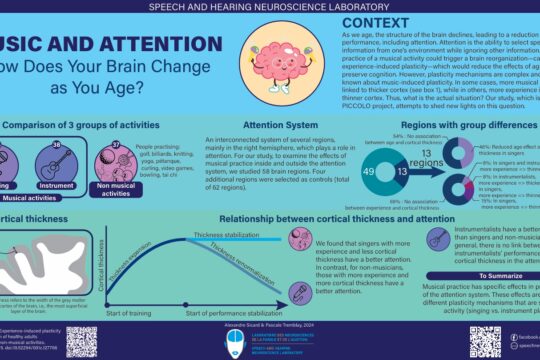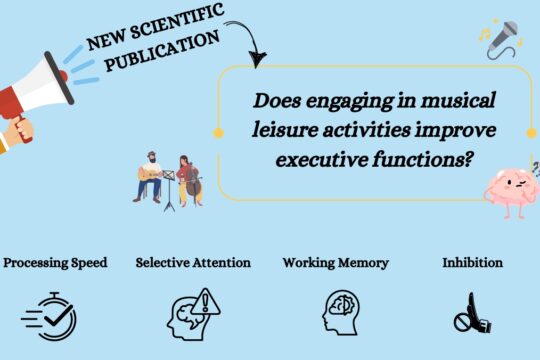
Isn’t it frustrating to have a word on the tip of the tongue? Although we know everything about it, the word keeps escaping our mind anyway.
Talking is usually accomplished so easily that we forget how complex it is. However, it is at the same time a precise sensorimotor and cognitive task. In a previous publication (in French), we explained that about a hundred muscles are required to produce a single sentence! At the sensorimotor level, talking is surely complex. But in order to produce a word, first we must find it!
Lexical access is the ability to recover a word among all the other words stored in our brain. So, how do we find a word? Well, words are not stored alone but rather with information about their form and their meaning – like in a dictionary. Many researchers in fact use the expression “mental lexicon” to refer to this dictionary. However, unlike a dictionary, words are not organized in alphabetical order in our brain. This would not be effective. Think about how little time we need to say something, unless we have a memory lapse. Words are organized based on their relationship with each other, and in categories, like a network of concepts. For instance, the word “apple” refers to a fruit that is either red, green or even yellow, that can be more or less sweet or sour, and which grows on a tree. Our mind rapidly finds its way through these semantic networks to find the words we need. But words are also organized according to their phonological form. For example, hearing the word “apple” activates words like “appetite” and “appliance”, which have the same initial sounds, or “chapel” which has the same final syllable.
So, why do words sometimes stick to the tip of our tongue? According to a theory on the subject [1], this would be caused by a temporary disconnection between the meaning or the form of a word and its phonological representation, that is, the “label” that describes the sounds of the word in speech! The meaning and form of a word are processed by partially distinct neuronal networks. The meaning involves syntax, i.e., the place of the word in a sentence, and semantics, referring to the definition of the word given its context. The form of the word, on the other hand, corresponds to the sounds (phonemes and syllables) that make up the word and its morphemes (i.e., the smallest units of meaning that make up a word, such as the root and the affixes. For instance, a “swimmer” is a person who does the action of swimming; “swim” is the root of the word and “er” is the suffix). When a word is “on the tip of our tongue”, we may have the context or its definition in mind, or even its first sound, but it’s impossible for us to produce it orally.
Not all words are equal: frequent words can be more easily accessed, as well as more concrete and visual words. It is easier to remember the word “apple” than words like “liberty” which are more abstract. Our lab has developed an online device, called SyllabO+, which integrates statistics on the use of syllables and words in Quebec French. It is a unique and useful tool not only for our research, but also for speech-language pathologists, linguists, teachers and all those who are curious about spoken French in Quebec!
Although the “tip of the tongue” phenomenon, or TOT, is commonly experienced by most of us from time to time, it tends to be more frequent as we get older. It can be very frustrating not to be able to express oneself, especially when this occurs regularly. Indeed, aging is associated with changes in different aspects of language production. Since language production is a necessary component of interpersonal interactions and social participation, understanding the mechanisms underlying this decline could contribute to the development of interventions to reduce communication difficulties experienced by seniors.
Our lab is working on several research projects to understand the neurological mechanisms that support oral language production as well as the effect of aging on language functions. Visit our website to learn more about our projects!
Suggested Readings:
References:
[1] Burke, D.M., MacKay, D.G., & James, L.E. (2000). Theoretical approaches to language and aging. In T. Perfect & E. Maylor (Eds.), Models of cognitive aging (pp. 204-237). Oxford, U.K.: Oxford University Press.
Tremblay, P., Poulin, J., Martel-Sauvageau, V., Denis, C. (2019) Age-related deficits in speech production: from phonological planning to motor implementation. Experimental gerontologist, 126:110695
Burke, D.M. & Shafto M.A. (2004). Aging and language production. Curr Dir Psychol Sci.;13(1):21-24.
Diaz et al. (2014). Age-related differences in the neural bases of phonological and semantic processes, J Cogn Neurosci; 26(12):2798-811.



